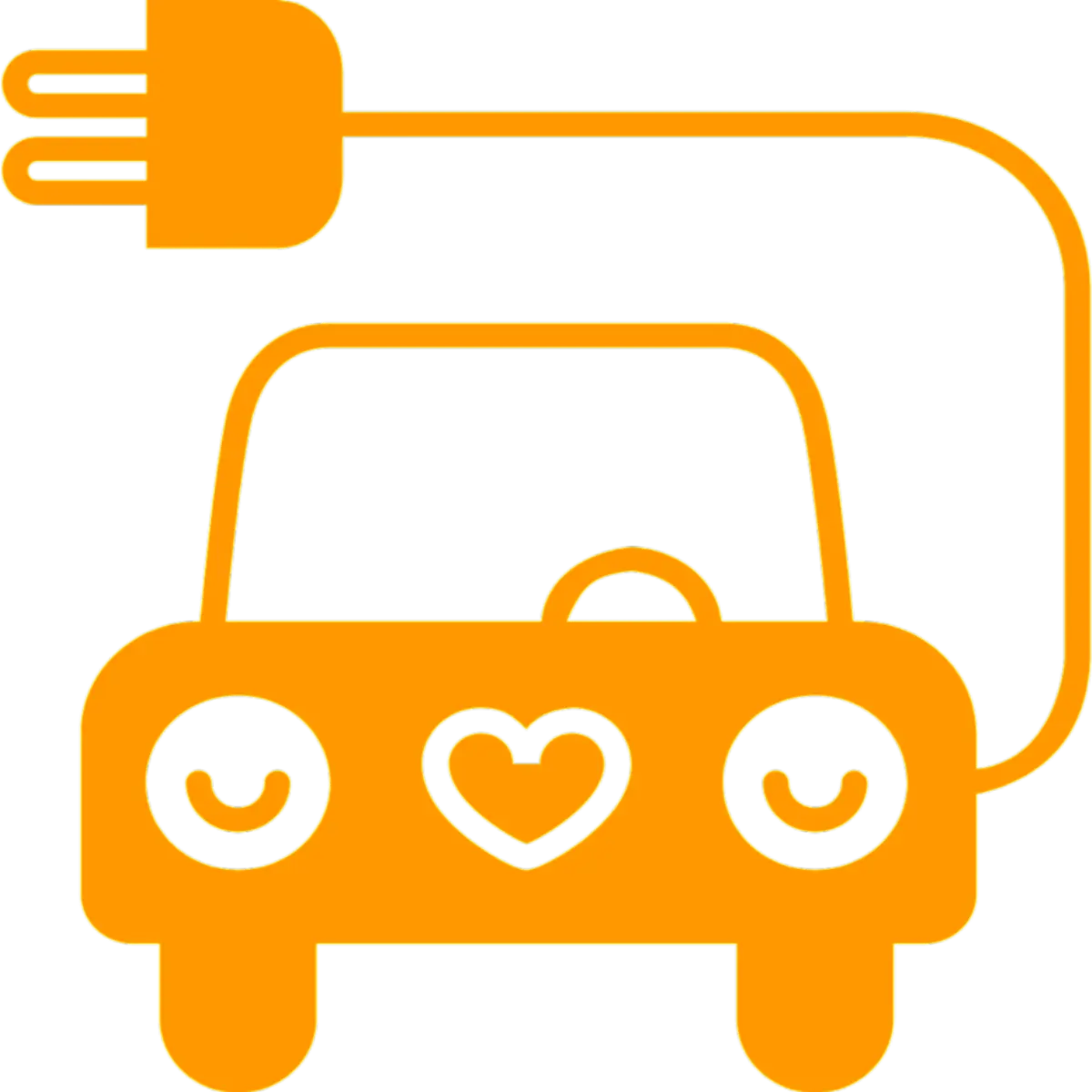(The Center Square) – Although Initiative 2117 repealing the state’s cap-and-trade program was rejected by Washington voters earlier this month, state planners are still grappling with logistical and practical challenges around transitioning the transportation sector toward electric vehicles, an effort heavily funded by cap-and-trade revenue.
“EVs are going to be a story here and it’s going to be part of both Washington and nationally at different stages in different areas,” COIL, Inc. Founder Bobby Penn told the state Electric Vehicle Coordinating Council at its Nov. 6 meeting. “EVs are not going anywhere regardless of what’s happened with this with the election.”
However, the state will still need to figure out how to meet expected demand for EV charging ports of varying charging capacity. Although the state is meeting the forecast for L2 chargers, it remains behind on DC Fast Chargers. As a result of state funding, Washington is expected to have an additional 7,000 charging ports.
Yet, that’s a small amount compared to the total needed. According to UW Associate Professor of Civil and Environmental Engineering Don McKenzie, the state will need between 40,000 and 150,000 fast-charging ports alone to support 8 million vehicles, which he estimates could cost $30 billion.
The council estimates the state will need a total of 3 million ports by 2035.


